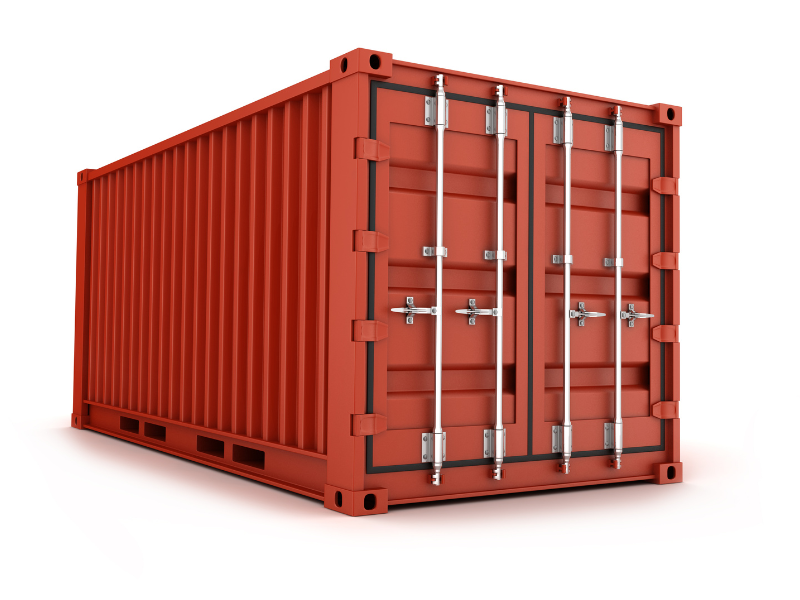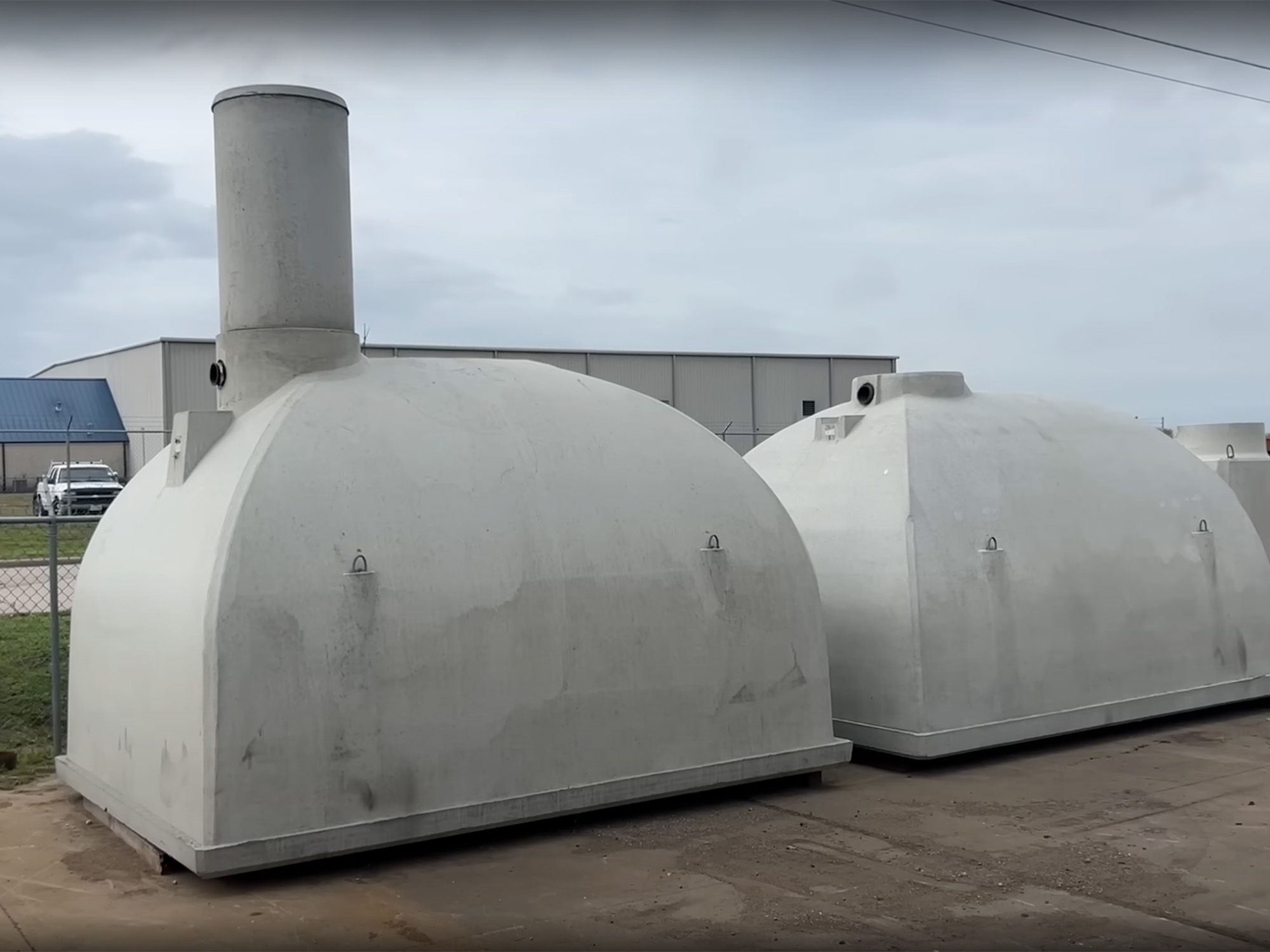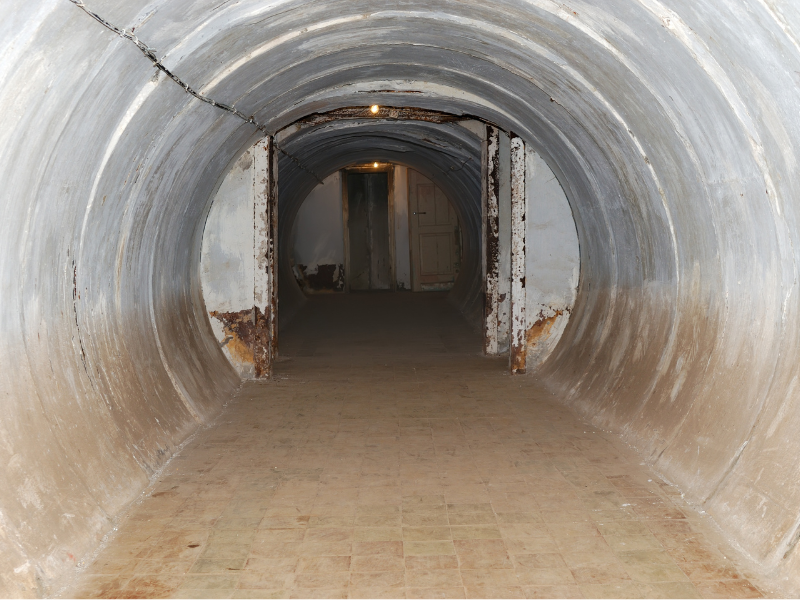For some preppers, building up a sufficient amount of food and water storage is just the first step in their emergency preparedness plan. Many also plan to have a bunker or bomb shelter on their property in case of extreme events such as natural disasters, civil unrest, or a nuclear attack. Having a survival bunker can be crucial for those who want to ensure they have a way to stay protected and transport their emergency supplies. But before you go out and purchase a survival bunker, it's important to understand the different types of bunkers and what you should consider before making an investment.
Does a Survival Bunker Fit into My Emergency Preparedness Plan and Budget?
Before deciding to invest in a survival bunker, it's important to evaluate several factors. Consider the type of soil on your property, ventilation needs, radiation protection, and potential natural gas pockets. These factors will help you determine whether to build your bunker under your home or in the backyard.
Some key questions to ask yourself include:
- Do you know where all of the gas and electrical lines run to your home?
- Are there any underground water sources on your property?
- What are the weather conditions like where you live?
- Where should the entrance to my bunker be located?
- Am I at risk for earthquakes or other natural disasters?
- Are there any zoning or building regulations that apply to your property?
If you're unsure about planning or installing a bunker yourself, consider hiring a company that specializes in underground survival shelters. Be sure to read reviews, check confidentiality agreements, and ensure their services align with your needs.
How Should I Structure My Bunker?
The materials used to build your bunker are crucial for both safety and longevity. Many preppers recommend using concrete over other materials because it’s strong, cost-effective, and long-lasting. Avoid using wood, as it will decompose over time and may not provide the necessary protection in an emergency.
What Can I Do to Increase the Safety & Security of My Bunker?
While your bunker will provide protection from external threats, it's essential to consider the security of the bunker itself. Here are some tips to keep your bunker secure:
- Dig your bunker at least 6 to 10 feet below the earth for added safety.
- Waterproof the bunker and check for potential leaks to prevent water damage.
- Choose a discreet location, such as one surrounded by trees or bushes, to hide the entrance.
- Camouflage the entrance with objects or even a fake rock to avoid detection.
- Install a lock that only you and your family have the key to, ensuring no one else can access the shelter.
What Are My Options for a Survival Bunker?


Reinforced Concrete or Steel Pipe Bunker

When deciding on the best type of underground survival bunker, make sure to choose an option that fits your needs and budget. Depending on the route you take, the costs can vary significantly. Trusted installers are available who specialize in building bunkers and shelters, and many have your best interests in mind when preparing for a crisis. Be sure to weigh out the pros and cons of each option before making a final decision.
What Advice Do You Have for Other Preppers When Deciding to Invest in a Bunker?
We’d love to hear your thoughts! What tips or advice would you share with others who are considering investing in a survival bunker?











